Today we’d like to introduce you to Kim Colwell.
Hi Kim, so excited to have you on the platform. So before we get into questions about your work-life, maybe you can bring our readers up to speed on your story and how you got to where you are today?
Thank you for having me! My approach to interior design is a little different, which stems from my childhood and educational experiences. Everything I have learned is rooted in the psychology of space, steeped in energetic arts, and connected intimately with art and nature. I developed my distinctive method—”Transformative Interior Design™”—born from a fusion of formal and experiential education, melding intuition and insight with grounded, modern sensibilities.
I began a lifelong apprenticeship with my mother, Melinda Joy Miller, when I was a child. Her background as a shaman, sensory motor-integrative therapist, and feng shui master was melded into a practice that involves shifting spaces to be psychologically supportive and healing to her clients. Essentially she does environmental psychology in combination with modalities from metaphysical arts.
Following her footsteps, I work intuitively to tap into my clients from the inside out to develop a style that uniquely expresses their innate self. I look at space as one part physically beautiful and part invisible. It is the hidden layers that influence us on a deep level. We can feel space and sense its influence. Adding depth to the feel of the energy or feel-good vibe is a chess game. A lot of thought goes into creating a personalized strategy that individually supports my client’s emotional and spiritual well-being.
Nature and creativity are at the heart of everything. Growing up, I spent almost every day at my grandparent’s farm outside of Philadelphia, where I immersed myself in their beautiful natural landscape. It was a fairyland of wonder that inspired me on so many levels.
There was always some artistic expression. I danced with a regional ballet company in high school and, by some fluke, got into a juried fine art show when I was ten. It was with a ceramic piece that my mother submitted. The gallery was not as thrilled when they discovered my age, but it gave me the confidence to later pursue fine art, illustration, and animation career in my twenties. I have been obsessed with individual expression in all forms of imagination my whole life.
By the time I got to NYU Tisch, I was ready to have a more formal study of everything I had already been learning. It was there, through my theater degree, that I took classes on psychology, fine art, and set design. It was set design that gave me a new way to think about the psychology of space. I started to develop a new perspective on looking at space from the character’s view. What type of space would the character have? It was fascinating to think about how one’s personality traits would impact their decisions on a floorplan, color, fashion, or style. What type of space would show depression or their character, beliefs, and passions. Their inner world of emotions and life patterns would be soaked up and revealed in every facette of the space. Everything I learned through that program helped me add a depth of understanding to how psychological nuances or subtext manifest in a space.
One of my art professors invited me to apprentice under him during school. He was a fine artist named John Kacere. He gave me simple tasks within the apprenticeship, but what I learned from him about color balance and composition was incredible. He helped me create my style and gave me the courage to pursue a career in art that lasted several years with the pleasure of working with everyone from Nike and Atlantic Records to David LaChapelle. In my last year, I worked with a writing partner to develop and design cartoons. We came close and had one feature in US News & World Report. Although we never got anything aired, that experience taught me about creating worlds. I still see designing a home for someone as creating a world for them to live in.
Can you talk to us a bit about the challenges and lessons you’ve learned along the way. Looking back would you say it’s been easy or smooth in retrospect?
It took me time to figure out my voice as a designer.
As a fine artist, I had one style, but as a designer, I would realize that my style is constantly evolving as it melds together with discovering what makes my clients tick, even when they don’t know themselves.It took me a minute to develop a way to work that could utilize everything I learned since I was a kid. I get most excited by seeing each person, space and project as a unique canvas with its composition, therapeutic colors, and story-driven by the subtext of my client’s life expression. It finally all came together when I realized that the invisible layers of the space are as impactful as the visual eye candy we think of in design. This way of thinking keeps me feeling alive in the process.
Thanks – so what else should our readers know about your work and what you’re currently focused on?
Presently, I am working on three residential projects and two spas in Los Angeles and two minor projects out of state.
I have tapped into a passion for teaching private feng shui certification classes throughout the year. Recently I had the opportunity to lead a one-hour class on Psychology and Design for a group of interior design and architectural students at Cornell University. This inspired a series of wellness design classes geared toward the homeowner with subjects such as design for sleep, relationship support, and stress.
We’re always looking for the lessons that can be learned in any situation, including tragic ones like the Covid-19 crisis. Are there any lessons you’ve learned that you can share?
On a personal level, the last two years have felt like permission to reflect, grow and learn more deeply than I ever had. Especially in the beginning, when the world slowed down, it forced me to look inward in a painful and meaningful way. It enabled me to face things I couldn’t meet before and see what I wanted to develop in my life.
Initially, I was utterly intimidated by spending so much time on video. But, two years later, zoom has become an incredible way to connect with people I would never have understood. Something intimate can happen in a zoom session where there are no distractions. You only have the depth of the conversation to focus on. It has been an unexpected silver lining.
The pandemic allowed me to re-examine how I was working and develop new classes and ala carte services separate from design.
Although it has been an intense few years, I am grateful for how it has shaped new aspects of my practice and life.
Pricing:
- Full Service, Transformative Interior Design, Feng Shui, and Interior Psychology sessions are $250 per hour
- Private Certification Feng Shui Class – $1,999
- Wellness Design Workshops are $45 per person for ten or more intimate groups.
Contact Info:
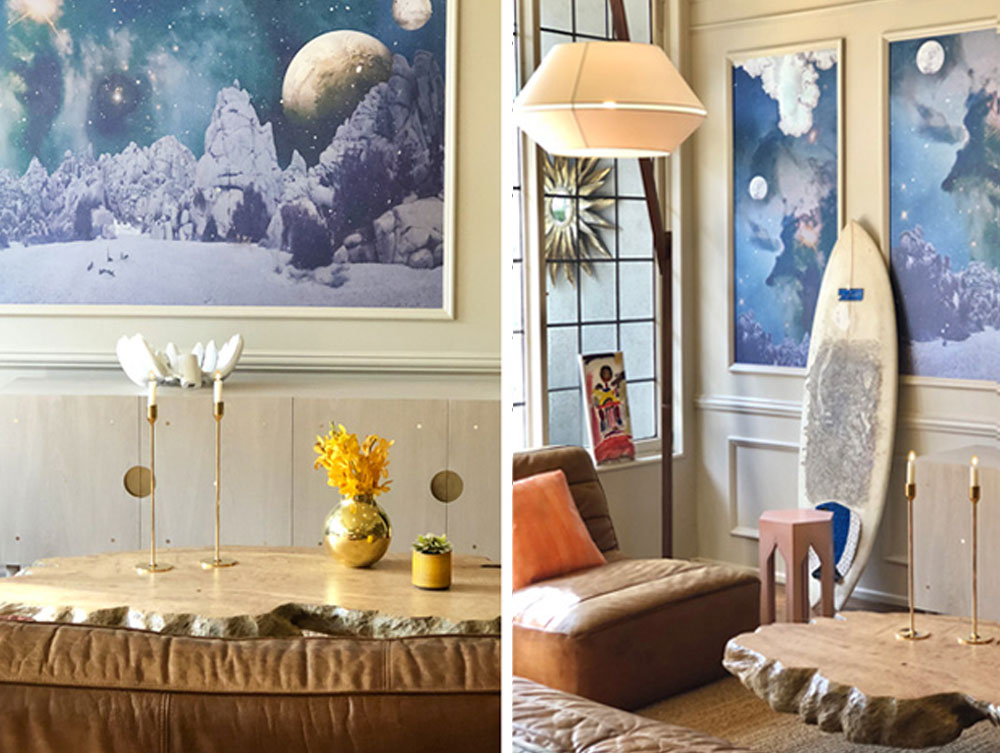
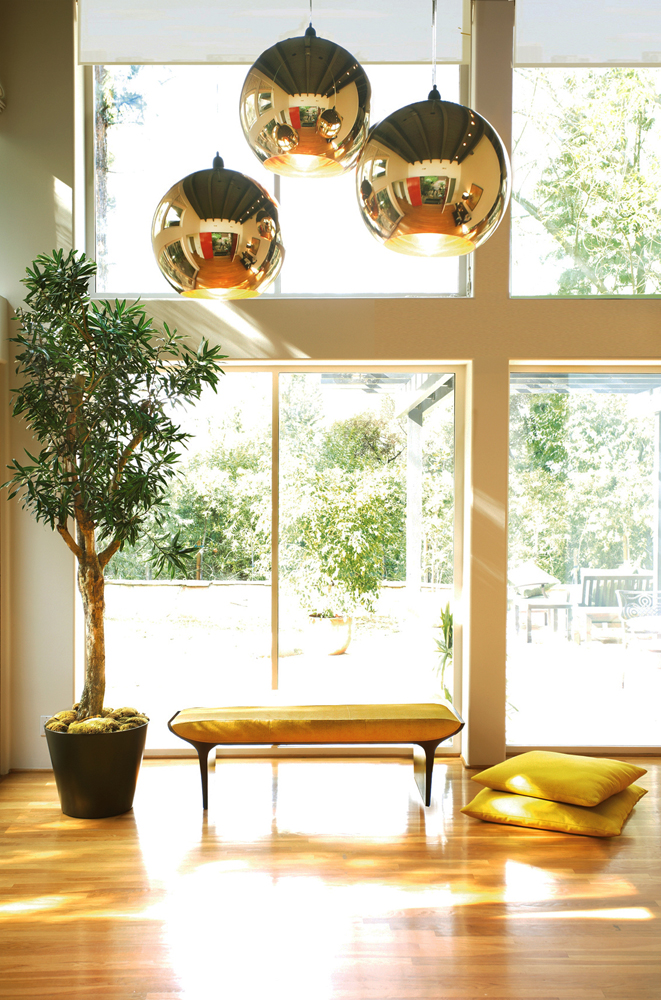
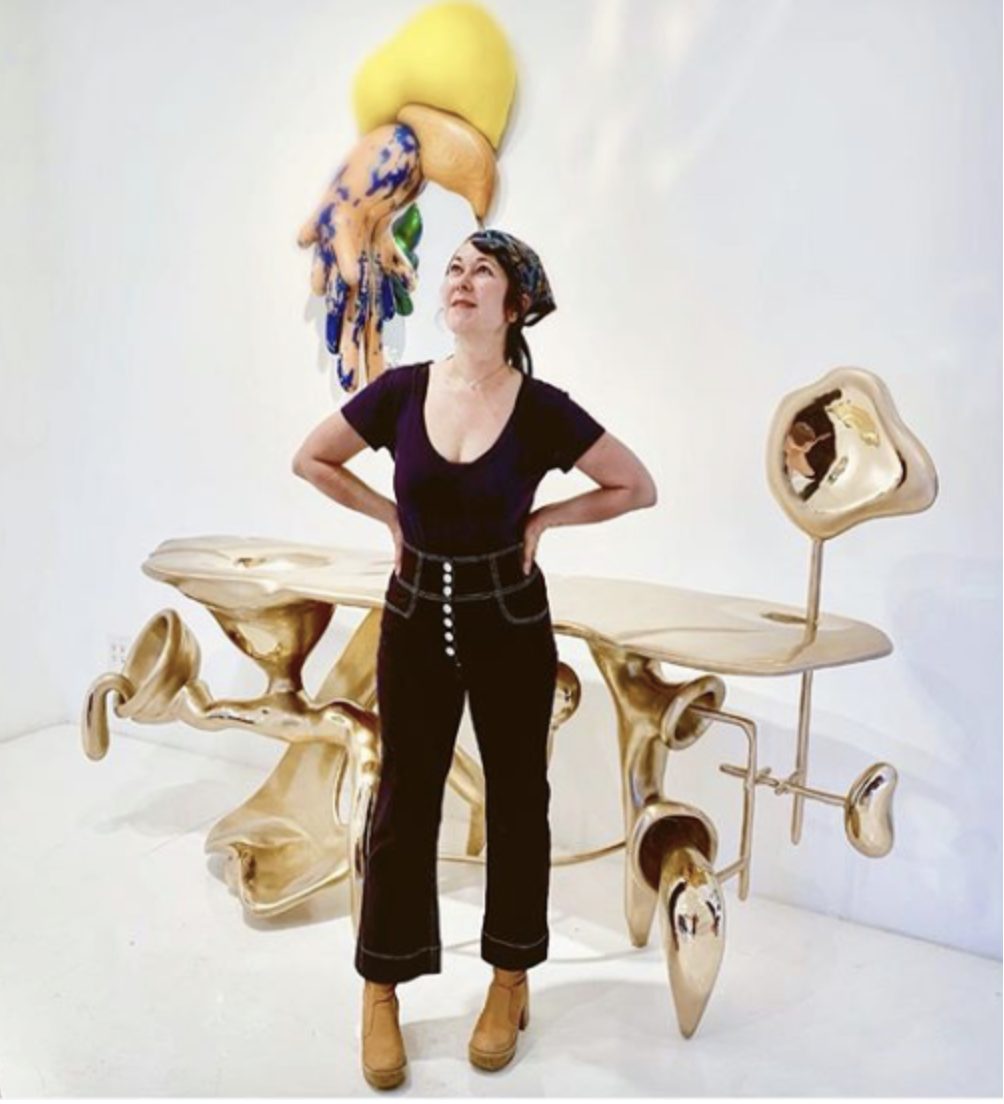
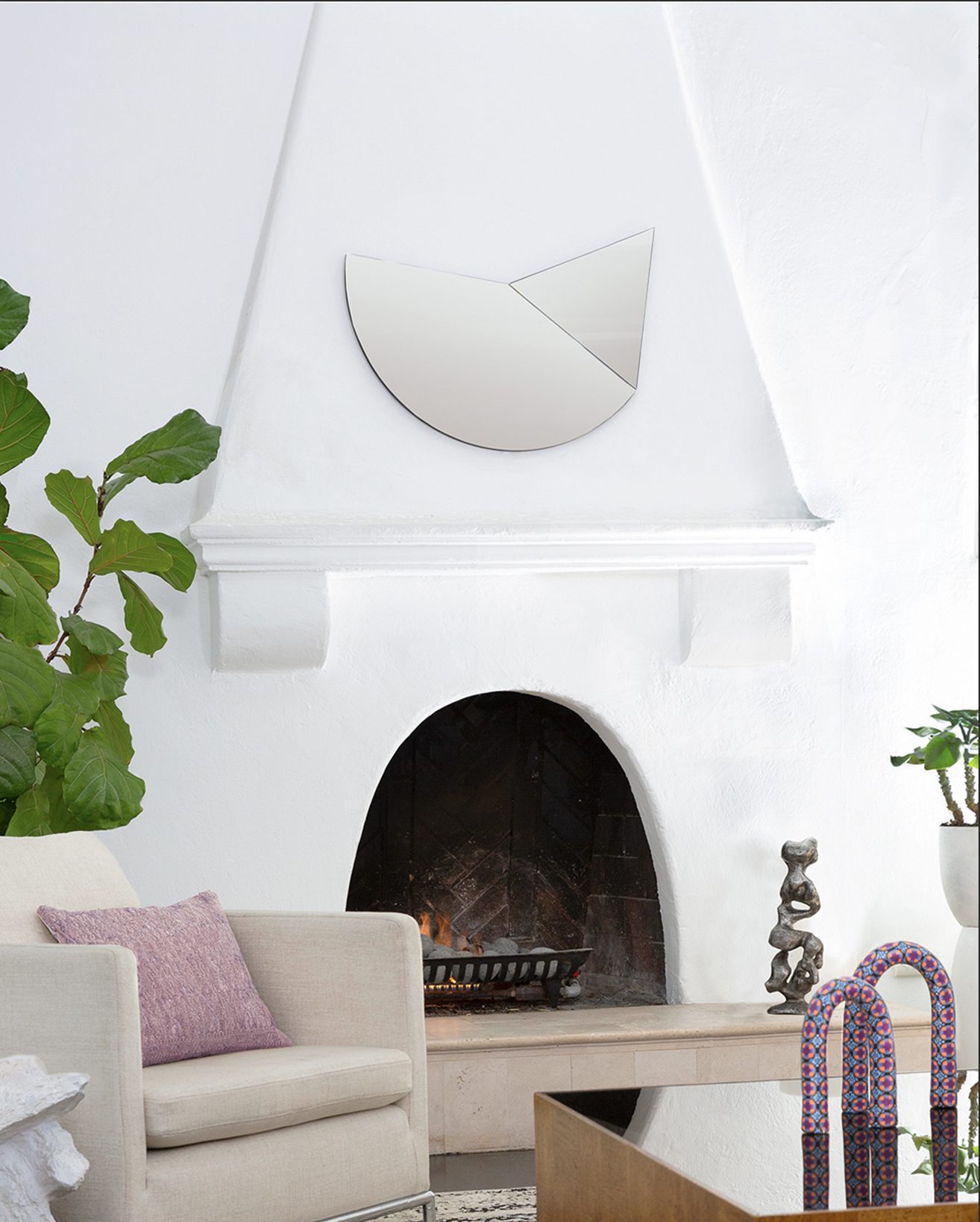
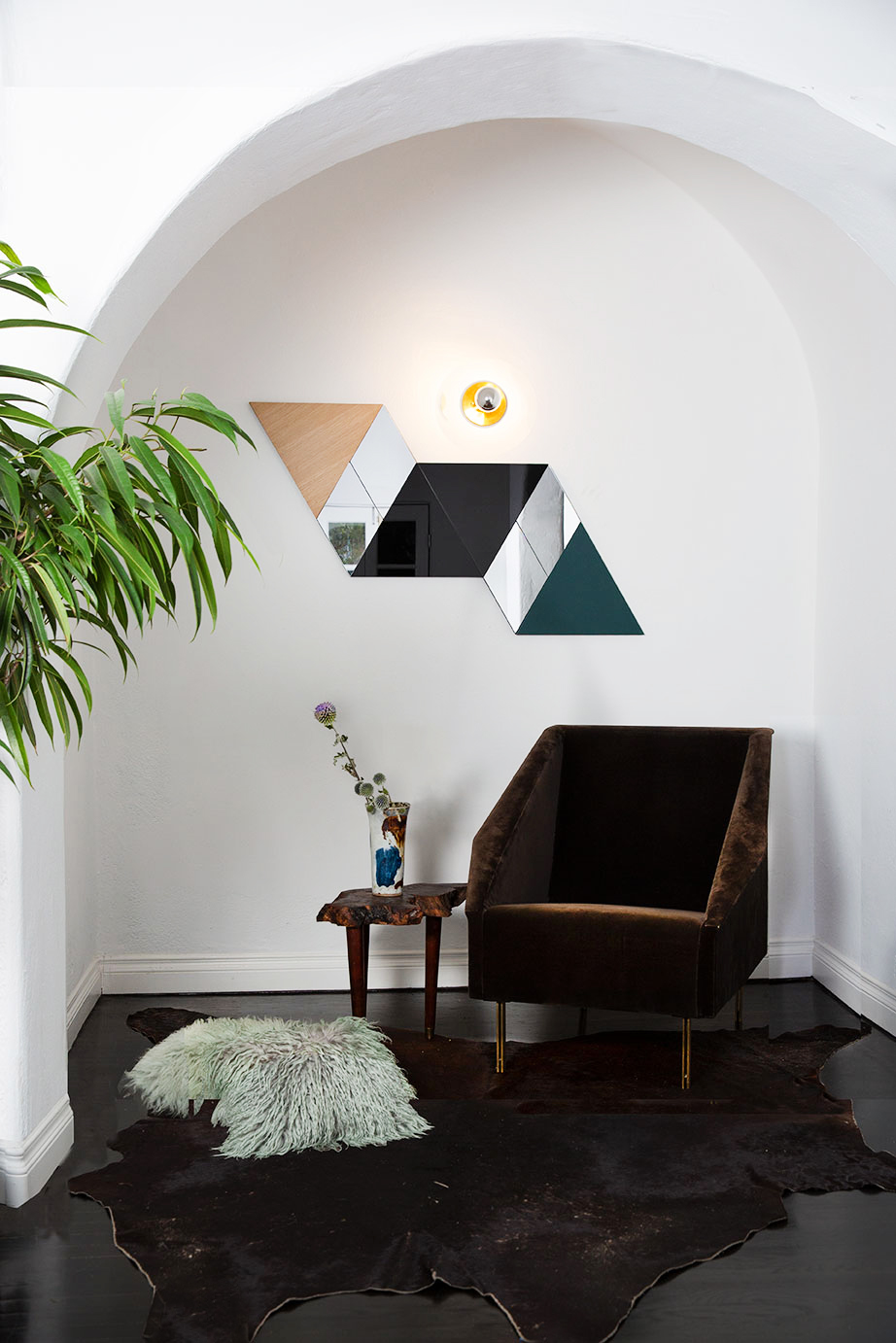
Image Credits:
PHOTO CREDITS Living room with fireplace + sitting room with brown chair – Ana Martins-Eiriksson Yellow bench in foyer + Blue sofa living room – Zeke Ruelas Surf board in living room – Jay Lawrence Goldman
Suggest a Story: VoyageLA is built on recommendations from the community; it’s how we uncover hidden gems, so if you or someone you know deserves recognition please let us know
here.



















